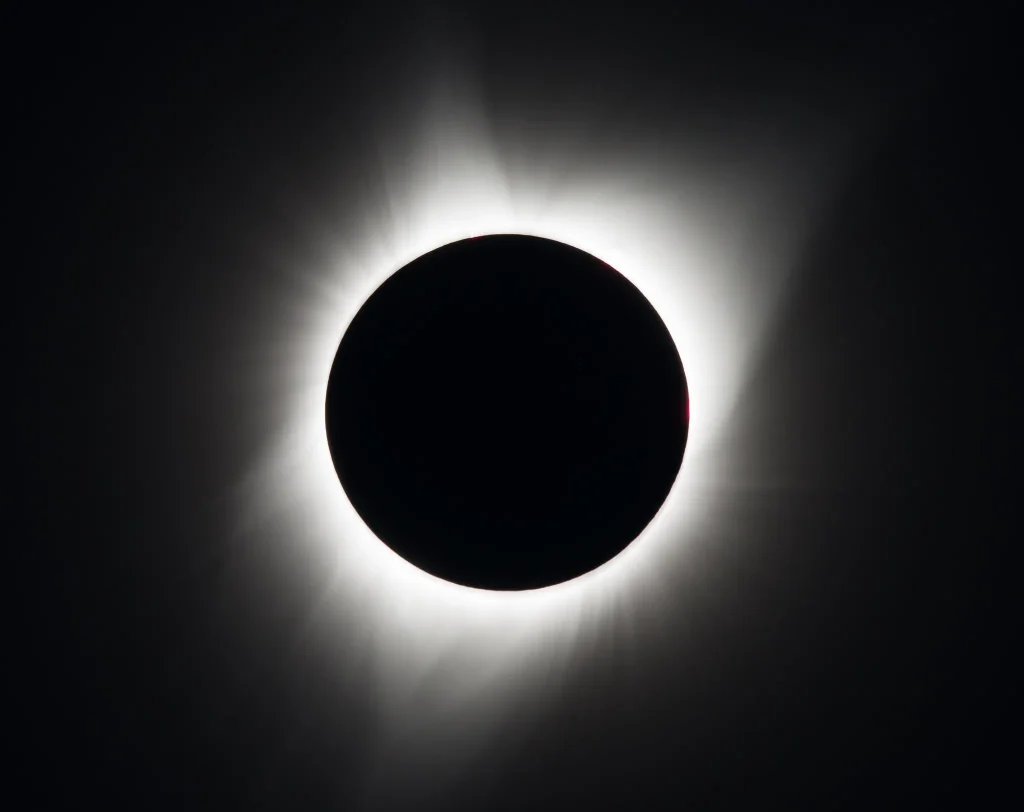On April 8th, Penn high school is having an e-learning day due to the solar eclipse that will be visible in Indiana. So what is a solar eclipse, and what makes it so special?
According to Mrs. O’Malley, Penn high school astronomy teacher and planetarium director, a solar eclipse is when the earth has the moon visually get in your way or block you from seeing the Sun. A solar eclipse happens about every 18 months somewhere in the world with a cycle that follows it, lasting a couple of hours each time. But the main thing in a solar eclipse is a thing called totality.
Totality is just anywhere from a couple of minutes to around seven minutes, and that’s when the moon will completely totally block out the sun. Anywhere outside that path, you get what’s called a partial, so from the moment of contact one to contact four, which is when it appears to touch the Sun, and then it’s last contact with the sun, is again in typically a couple hours.
Mrs. O’Malley, Penn high school astronomy teacher and planetarium director
Although this solar eclipse won’t be a total eclipse, it will be near 97% partial, which is close enough to get some of the effects that will occur in a total eclipse. There will be a dimming effect, and the Purkinje effect, which is an effect that if you wear reds and greens, reds will appear dimmer and greens and blues will really brighten. There might also be a slight breeze with fuzzy and sharp shadows.

One important thing to keep in mind while the solar eclipse happens is to never look at the sun without eclipse glasses on, as it can cause permanent damage to your eyes.
Only timelytime is if you’re in totality, in our area you’re going to always have to have the eclipse glasses on if you want to look at the sun. So, whatever you do, the biggest, don’t look at the sun without your eclipse glasses.
Mrs. O’Malley, Penn high school astronomy teacher and planetarium director

